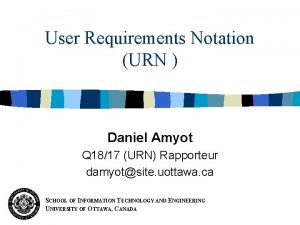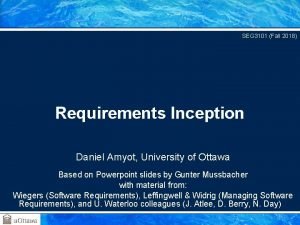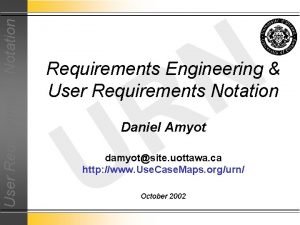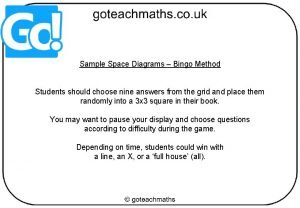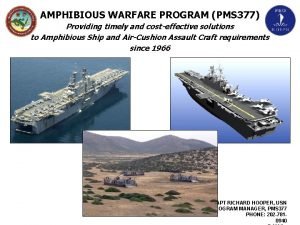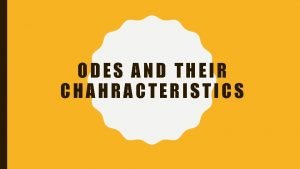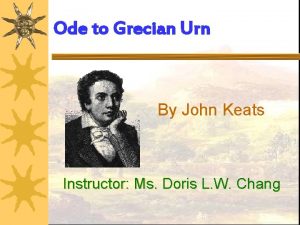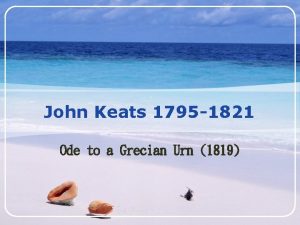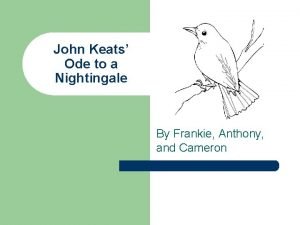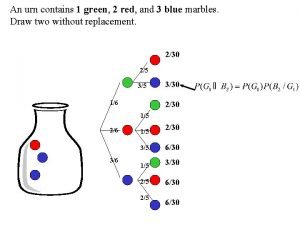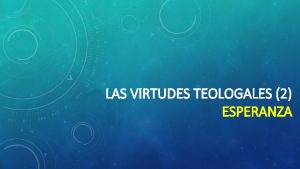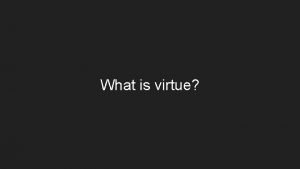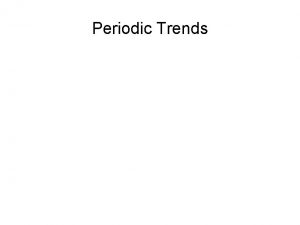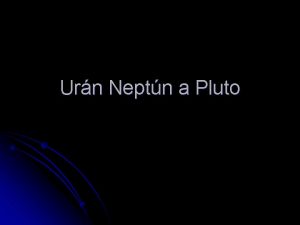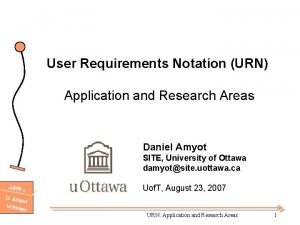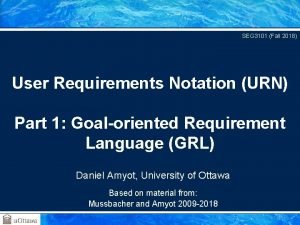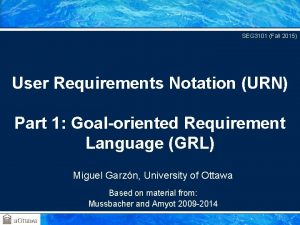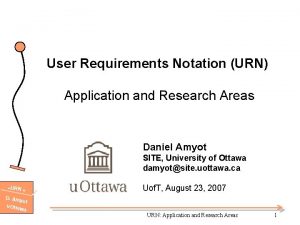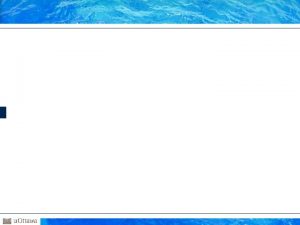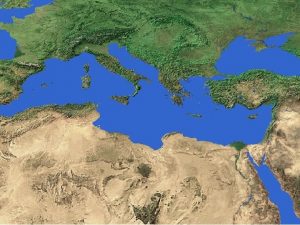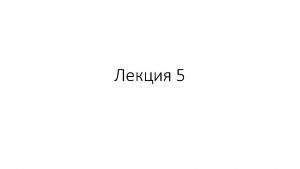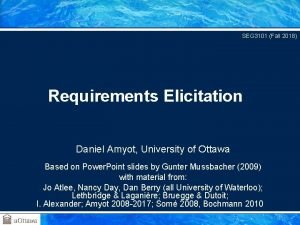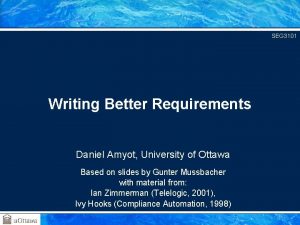User Requirements Notation URN Daniel Amyot Q 1817
















- Slides: 16

User Requirements Notation (URN ) Daniel Amyot Q 18/17 (URN) Rapporteur damyot@site. uottawa. ca SCHOOL OF INFORMATION TECHNOLOGY AND ENGINEERING UNIVERSITY OF OTTAWA, CANADA

Objectives n n Brief overview of URN Goal-oriented Requirement Language (GRL), Use Case Maps (UCMs), and their relationships Connections between URN and several languages from ITU and OMG Several Challenges Workshop on "Framework and scope of formal languages", Geneva, March 2, 2002 2

Motivation for URN Stage 1 Stage 2 Stage 3 Requirements and Service Description Message Sequence Information Protocols, Procedures, Behaviour Informal requirements? Use Cases? URN! MSC or UML interaction diagrams SDL or UML Statechart diagrams n n Need improvement to cope with new realities of complex, dynamic, and evolving systems Common design and standardisation methodologies already use scenarios Workshop on "Framework and scope of formal languages", Geneva, March 2, 2002 3

URN - Initial Objectives n n n Focus on early stages of design, with scenarios Capture user requirements when little design detail is available No messages, components, or component states required Reusability of scenarios and allocation to components Dynamic refinement capabilities Modelling of agent systems, early performance analysis, and early detection of undesirable interactions Workshop on "Framework and scope of formal languages", Geneva, March 2, 2002 4

URN - Additional Objectives n n Express, analyse and deal with nonfunctional requirements (NFRs) Express the relationship between business objectives/goals and system requirements Capture reusable analysis (argumentation) and design knowledge (patterns) for addressing non-functional requirements Connect to other ITU-T languages (and to UML) Workshop on "Framework and scope of formal languages", Geneva, March 2, 2002 5

Current Proposal for URN n Draft documents for Z. 150, Z. 151, Z. 152 – http: //www. Use. Case. Maps. org/urn/ n Combined use of two complementary notations: – Goal-oriented Requirement Language (GRL) for NFRs (http: //www. cs. toronto. edu/km/GRL/) – Use Case Maps (UCM) for Functional Requirements (http: //www. Use. Case. Maps. org/) n Create ITU-T standard by end of 2003 (Z. 150153) Workshop on "Framework and scope of formal languages", Geneva, March 2, 2002 6

GRL in a Nutshell n n Goal-oriented Requirement Language — a graphical notation that allows reasoning about (non-functional) requirements GRL is concerned with intentional elements, actors, and their relationships Intentional elements model the “why” aspect — objectives, alternatives, as well as decision rationale and criteria — but not operational details GRL satisfies most of URN’s additional objectives Workshop on "Framework and scope of formal languages", Geneva, March 2, 2002 7

Basic GRL Notation Softgoal Belief System Security Contribution Biometrics is no regular off-the-shelf technology Argumentation . Security of Terminal Access Authorization Cost of Terminal Security of Host . Make Encryption Task Correlation (side-effect) Decomposition (AND) Authentication Means-End Cardkey Password Identification Goal Biometrics Workshop on "Framework and scope of formal languages", Geneva, March 2, 2002 8

Evaluations with GRL Satisficed System Security Weakly Satisficed Undecided Weakly Denied Biometrics is no regular off-the-shelf technology Denied . Security of Terminal Access Authorization Cost of Terminal Authentication Cardkey Password Security of Host . Encryption Identification Biometrics Workshop on "Framework and scope of formal languages", Geneva, March 2, 2002 9

UCMs in a Nutshell n n Use Case Maps – a graphical scenario notation for describing causal relationships between responsibilities Scenario elements may (optionally) be linked to components The intent of UCMs is to facilitate the integration and reusability of scenarios, and to guide the design of high level architectures and detailed scenarios from requirements UCMs satisfy most initial URN requirements Workshop on "Framework and scope of formal languages", Geneva, March 2, 2002 10

Pool Start Point Stub AND-Fork Slot End Point Responsibility Component a) Root UCM c) Pass. Word Plug-in b) Biometrics Plug-In Timer OR-Fork Workshop on "Framework and scope of formal languages", Geneva, March 2, 2002 11

GRL - UCM Relationship n Goal-based approach – Focuses on answering “why” questions – Addresses functional and non-functional requirements n Scenario-based approach – Focuses on answering “what” questions n Goals are operationalized into tasks and tasks are elaborated in (mapped to) UCM scenarios – Focuses on answering “how” questions Workshop on "Framework and scope of formal languages", Geneva, March 2, 2002 12

From UCM Requirements to More Detailed Design Models n Requires: – Path Data Model (global Booleans variables) – Scenario Definitions – Path Traversal Mechanism – Mapping Rules (MSC, UML, TTCN, LQN, LOTOS. . . ) Workshop on "Framework and scope of formal languages", Geneva, March 2, 2002 13

URN — OMG/SG 17 Puzzle Structural Diagrams SDL, ODL, or UML Class, Object, Component, & Deployment Diagrams UCMs visually associate behavior with structure at the system level Informal Requirements, Textual Use Cases ? ? URN-NFR/GRL Goals, non-functional requirements, alternatives, rationales URN-FR / UCMs UML Use Case Superimpose Diagram & visually system level behavior Activity onto structures Diagramof abstract components Behavioral Diagrams MSC/SDL, or UML Sequence, Collabor. , & Statechart Diagrams Testing and Performance Languages TTCN, LQN, . . . Workshop on "Framework and scope of formal languages", Geneva, March 2, 2002 UCMs represent visually use cases in terms of causal responsibilities UCMs link to operationalizations (tasks) in GRL models UCMs provide a framework for making high level and detailed design decisions 14

Several Challenges (I) n Degree of formalisation – Qualitative/quantitative GRL evaluations? – UCM path traversal algorithms? – Reasoning in presence of looseness, incompleteness, inconsistencies? n Formalisation of languages – BNF? Graphical grammar? XML & schemas? – Layout information? Workshop on "Framework and scope of formal languages", Geneva, March 2, 2002 15

Several Challenges (II) n Extensibility and Adaptability – UML Profiles? n Connections to other languages – Traceability, transformations, meta-model? n Methodologies – What subsets of languages make sense together? – Do methodologies drive the evolution of standard languages? – Who are the stakeholders? Workshop on "Framework and scope of formal languages", Geneva, March 2, 2002 16
 Daniel amyot
Daniel amyot Daniel amyot
Daniel amyot User requirements notation
User requirements notation Drawing a bingo tablet from a bingo urn sample space
Drawing a bingo tablet from a bingo urn sample space Nnwm woman
Nnwm woman Pms 377
Pms 377 Whats and ode
Whats and ode International arrival urn
International arrival urn Byron shelley and keats mastery test
Byron shelley and keats mastery test Ode on a grecian urn paraphrase
Ode on a grecian urn paraphrase Ode on a grecian urn summary
Ode on a grecian urn summary Ode to a nightingale literary devices
Ode to a nightingale literary devices Urn a contains 2 red and 3 blue marbles
Urn a contains 2 red and 3 blue marbles Patria nueva 1817 a 1823
Patria nueva 1817 a 1823 Catecismo 1818
Catecismo 1818 Ccc 1814
Ccc 1814 1817 periodic table
1817 periodic table
